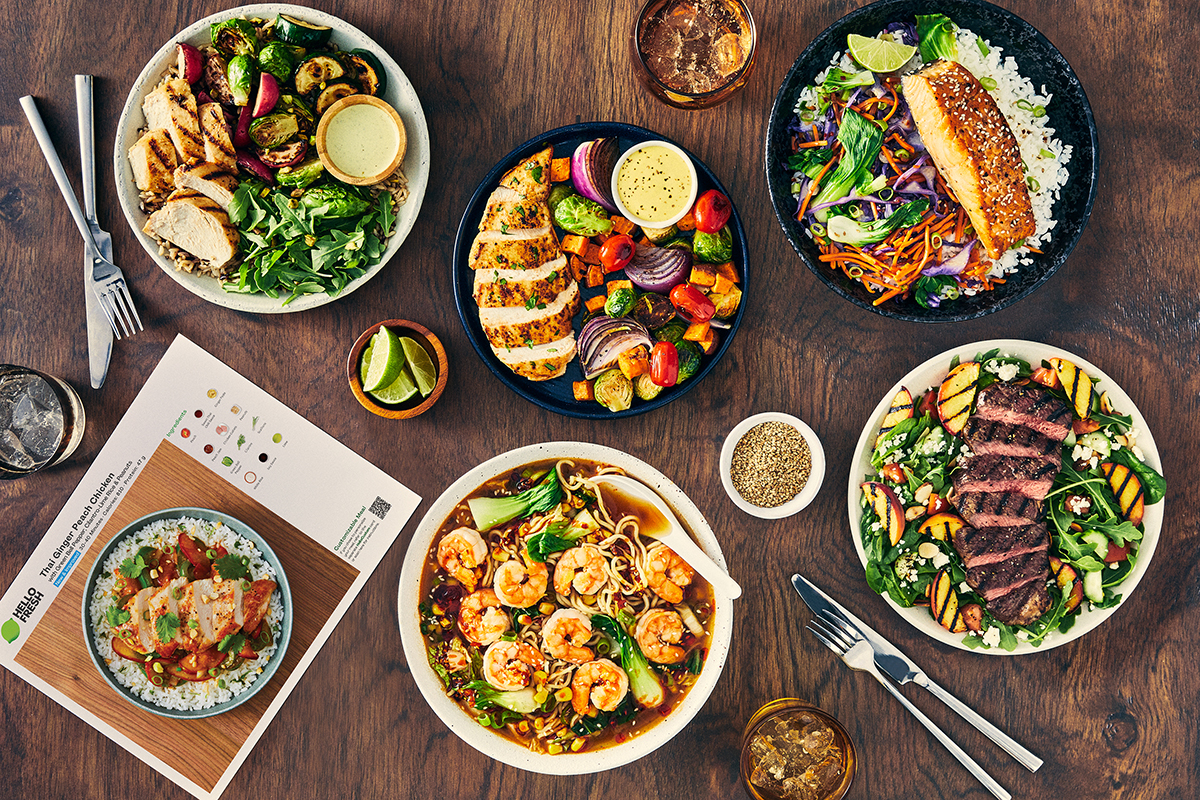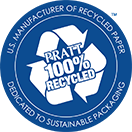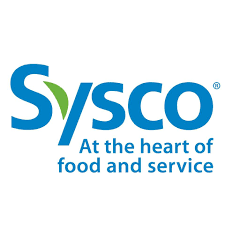Food waste and food insecurity remain pressing challenges across the U.S., and HelloFresh is addressing both.
During September's Hunger Action Month, HelloFresh commemorated a significant milestone in its relief efforts, celebrating 10 million meals donated through its Meals with Meaning program.
This year, the crisis of hunger is intensified by rising grocery costs and cuts to critical programs like SNAP, creating a perfect storm for families in need and the community-based organizations that serve them, the company says.
“At HelloFresh, fighting hunger isn't just something we do in September; it's a year-round mission, powered in part by our amazing community, NGO and corporate partners,” says Jeffrey Yorzyk, senior director of sustainability at HelloFresh North America. “Between inflation hitting hard, critical social safety nets shrinking and food banks across the country feeling unprecedented demand, the need for immediate action has never been more urgent. We want our customers to know that we are in this fight together for the long haul — and while we're proud to have donated 10 million meals, we look forward to the day when healthy meal options become more accessible for all.”
As part of its Meals with Meaning, every week, HelloFresh delivers 32,000 free, wholesome meal kits with easy-to-follow recipes to people in need where the company has distribution centers: New York City, Newark, Dallas/Fort Worth and Phoenix. In September, just over five years after the program's inception, HelloFresh and its partners surpassed 10 million meals donated through this initiative — a testament to the power of on-the-ground partnerships and consistent action, the company says. HelloFresh says it will remain steadfast in this commitment with the hopes of reaching more than 20 million meals over the next few years.

In a conversation with The Packer, Yorzyk shares insights into food waste and the efforts made by HelloFresh to address the issue.
The Packer: Have you seen an impact on customer behavior or attitudes toward food waste?
Yorzyk: That's a great question because we have seen customers connecting the dots between food waste and its environmental impact more and more. Food waste isn't just a loss in feeding people; it's a loss of the environmental investment we made to produce it, and an environmental impact itself. There is considerable effort across sectors to increase awareness of this, and consumers in general are tuning in. The question is what do they do about it.
I've also seen a number of new apps and organizations emerging that focus on rescuing surplus food and educating consumers — it's great because it helps consumers understand that both individuals and systems have a role to play in the fight against food waste. As the government gets more involved in things like clarifying the meaning of “best by” dates, important roles are being filled across society.
At HelloFresh, though, customers are a part of the fight against food waste (even if they don't know it) because it's baked into our business model. Customers who use HelloFresh waste nearly 40% less food than those who shop at regular grocery stores, thanks to our preportioned ingredients and carefully planned meals. These are a few of the top solutions for food waste promoted by ReFed, a U.S.-based nonprofit working to catalyze the food system toward evidence-based action to stop wasting food, and they are integrated into how we are changing the way people eat.
How do you decide which produce to include?
There are a number of factors that go into that decision.
First, we prioritize seasonal, regionally grown produce when possible. This is part of our approach to optimize logistics and minimize unnecessary food miles. It also helps us keep our ingredients as fresh as possible for our customers by moving produce quickly through our system to maximize freshness.
We also rely on a robust supplier network to make sure we can source high-quality ingredients reliably, efficiently and safely.
And of course, we pay close attention to what our customers want. We have an extensive weekly menu of more than 100 items that are constantly changing and evolving based on customer preferences, as we track customer comments closely. Listening to feedback on how this produce lands with customers from a flavor and freshness perspective is very much a part of that.
What challenges have you faced in shifting consumer perception?
The biggest challenge we face is helping customers understand that they are a necessary part of the solution when it comes to fighting food waste. It's estimated that as much as 21% of the food supply is wasted at the consumer level, so enabling customers to do their part is really important.
When food is wasted:
- It's piling up in landfills, generating methane (a powerful greenhouse gas) as it rots.
- It's not going to people who face food insecurity.
- We squander the investment made to create it, from dirt to dustbin.
We work to show our customers that by simply using a HelloFresh meal kit, they're helping to fight food waste. Our kits have preportioned ingredients, which means less gets thrown away at home. Our solution also enables preplanning of meals, which is not only convenient, but also reduces over-purchasing that leads to additional food waste.
Internally, we work hard behind the scenes to minimize waste in our facilities, donating as much surplus food to hunger relief organizations as we can. We can't do that work without our customers' support.
We also work to be part of the system by educating consumers on the importance of food waste. Our stories.hellofresh.com blog often highlights our food waste efforts and informs consumers on what they can do to help. This issue is going to require as many social queues as possible, from social media to direct engagement.
What data can you share about pounds of produce saved from waste?
We're proud to share that our facilities rescued over 8 million pounds of surplus food from our operations into donations to our partners fighting food insecurity in 2024. We also diverted over 17 million pounds of preconsumer food waste (inedible surplus) from landfill, transforming it into compost, biogas and soil enrichments. In 2024, we were able to divert 80% of our surplus food from our production facilities away from landfills.
Your Next Read:
















